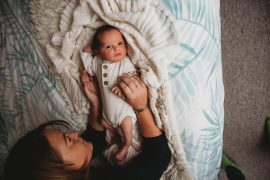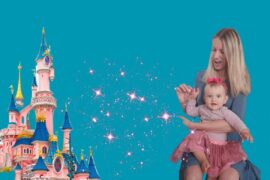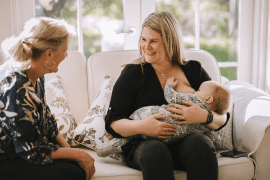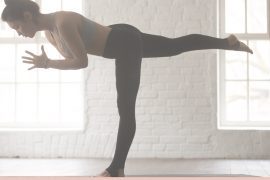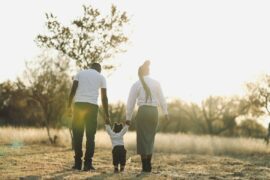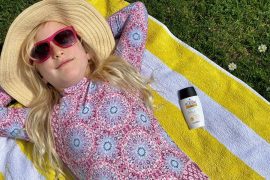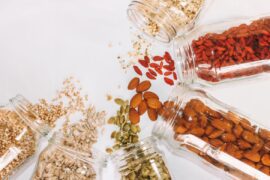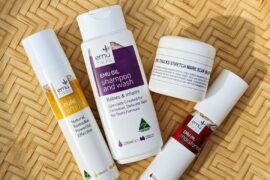5. Houseplants
Your houseplants bring life and fresh air into your home, but many are toxic to humans. For example, philodendrons could lead to difficulty swallowing, swelling of the mouth and worse, loss of speaking ability or breathing issues when ingested. Its sap can irritate the eyes and cause corneal abrasions, too.
When in doubt, keep all houseplants out of reach instead and opt for nontoxic varieties like spider plants, Boston ferns or parlour palms. If your baby ingests a plant, call a medical professional or the National Poisons Information Service immediately.
6. Wet and Damp Surfaces
Wet surfaces – such as bath toys, kitchen sponges and bathroom mats – are also among the most common places mould and bacteria proliferate. Squeeze excess water out of bath toys after each use and disinfect them weekly. Wash bath mats in hot water every week.
You should also replace your kitchen sponges frequently. Use a different cleaning sponge for your little one’s feeding equipment to avoid cross-contaminating bacteria from adult food to your child’s bottles and sippy cups.
Your baby’s crawling stage is an exciting milestone, but it also makes them prone to picking up germs and contaminants from the floor.
7. Flame Retardants in Furniture and Mattresses
Manufacturers often use flame-retarding chemicals to make sofas, rugs and even mattresses. They release volatile organic compounds that can adversely affect lung development in infants. Prolonged exposure can also lead to a weakened immune system and even neurodevelopmental concerns.
Even without flame retardants, your home might harbour harmful VOCs. Those freshly painted pastel walls in the nursery may release benzene, formaldehyde and acetone without your knowledge. Indoor air has two to five times higher levels of VOCs compared to outdoor spaces.
To avoid VOCs, choose furniture labelled as free from flame retardants and use an organic, chemical-free cot mattress. You should also regularly ventilate your home by opening windows to reduce VOC exposure.
Create a Thoroughly Safe Haven for Your Little One
While you can’t eliminate every germ from your home, being aware of these hidden dangers can help you make knowledgeable choices to protect your baby’s health. Simple actions – like cleaning regularly, choosing nontoxic materials and keeping hazardous items out of reach – go a long way in ensuring a safe and sustainable home environment.
Jane Marsh is the founder and editor-in-chief of Environment.co where she shares practical tips on how to live a greener life.

